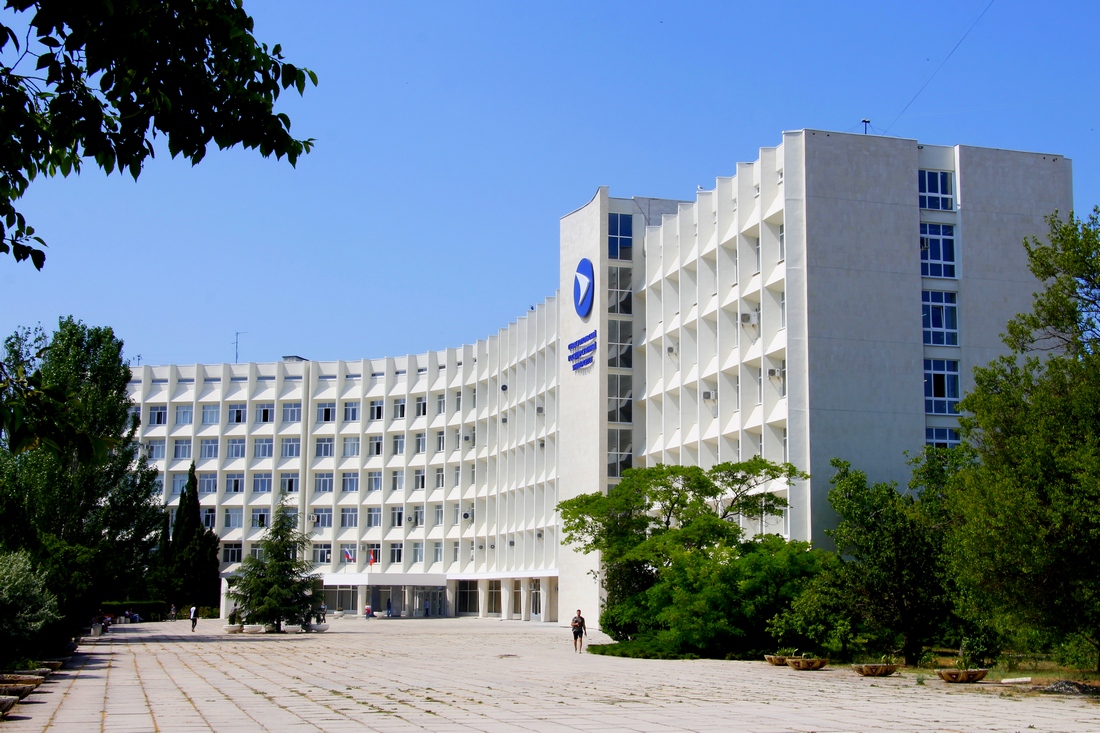
The task of controlling a group of uninhabited autonomous underwater vehicles, drones, which should ensure surveillance of an underwater object, is being solved by specialists from the Sevastopol State University (SevSU), the university’s press service reports on December 11. .
Vadim Kramar, professor of the Department of Informatics and Control in Technical Systems, chief researcher of the Laboratory of Robotics and Intelligent Control Systems, explained the essence of the project:
“We are not surprised that we are talking about a swarm of unmanned aerial vehicles. It’s exactly the same story. What is the idea? Let’s say we need to find some underwater object. If we do this work using a group of uninhabited autonomous underwater vehicles, it will be completed much faster. This is very important from the point of view of speeding up the search process and saving power on the device.”.
The problem to be solved is divided into several stages. The initial pass uses sidescan sonar to determine the position of the desired object. The drones then descend together to a depth at which the distance to the object allows a detailed inspection of the object using the drone’s technical vision system.
At the same time, autonomous vehicles must accurately execute control orders, maintain a certain formation to avoid collisions with each other and with the object, but also not disperse in different directions so as not to leave the research area.
As Kramar noted, algorithms for this work already exist, but at Northern State University they are adapting to the conditions of the Black Sea and the tasks that underwater drones will perform.
“Our goal is to make them more precise and faster. There are two buoys in the water that, using the GLONASS system or a repeater, know exactly their position in the water. Using these buoys, the lead underwater vehicle can calculate its position. The remaining devices in the group with this problem formulation do not need to be completely saturated with sensors. They are located in a group with respect to the leading apparatus. “Data exchange occurs through acoustic communication.”said the scientist.
Testing of the algorithm developed to control a swarm of marine drones is carried out from the university research vessel Pioneer M. The movement of a vehicle with respect to the installed buoys is currently being tested.
The mathematical model itself and control algorithms are developed for a group of several devices, the number of which is determined by a given study area.
The development and research of algorithms is carried out not only by laboratory researchers, but also by students of the Department of Informatics and Management in Technical Systems.
Source: Rossa Primavera
I am Michael Melvin, an experienced news writer with a passion for uncovering stories and bringing them to the public. I have been working in the news industry for over five years now, and my work has been published on multiple websites. As an author at 24 News Reporters, I cover world section of current events stories that are both informative and captivating to read.
